Teaching students to harness the power of patterns to help them make sense of reading, writing, and critical thinking gives them a toolkit that will allow them to understand the entire world.
The way I teach my system, which I simply call "Patterning," is fairly straight forward. And what I realised is that it's Explore-Flip-Apply without me even knowing it. There are two systems, one for shorter works (generally it works best with non-fiction), and one for longer works. I'll describe my system for longer works first, and I'll address the other system in another post soon.
I could go on and on in words, but I think it's much easier to understand Patterning if you look at this document:
Here are the instructions I gave:
Anytime an author uses a word, it is intentional. They thought about that word and the way in which it fits in to the entire work. They use related words, phrases, images, and ideas to create patterns. In this section, there are lots of patterns - your job is to find them. If you think it's a pattern, it probably is.
Then I give them about 10 minutes and instruct them to mark them in different colours. A requirement of my class is that they have 5-6 colours of highlighters. Short of having all my students on iPads with Notability, I'm not sure I can make that part digital...yet.
After they found patterns, they shared out with the class. You'll notice that some patterns intersect, but that's okay. I love using Virginia Woolf for this exercise because her writing is so freaking intentional.
*******
In a novel, I'll sometimes give them the patterns ahead of time, and have them trace them through the work. Here's an example from Toni Morrison's Beloved, which I taught to 11th graders in summer school last year:
Yes, I photocopied the entire book for my students. But it only took 30 pieces of paper for the whole novel because I put 8 book pages on a single sheet of paper. And I wasn't allowed to bring them from my school to the SS school site, so it was the best option I had.
After we read a section, I would give students time to find ANY evidence of their pattern and highlight it. Then they would choose their Crystal Quotes - the one or two quotes per section that best illustrated their pattern. When they were ready, they would come mark them on the class copy. After all groups were ready, we marked them up as a group so all students had all the Crystal Quotes for every pattern in their packet.
You can probably see the +5 next to some highlighting. The way I motivated groups to find the best quotes was that I chose two Crystal Quotes of my own, and if they chose the same ones as me, I gave them extra credit points.
********
So basically, they're finding evidence of a theme, but I'm not using the word "theme" because it's unnecessary. And when the time comes to write the essay for the novel, they have already selected all of their evidence for a variety of themes.
I'm sure I'm not explaining it perfectly, but that's my system. My kids find it incredibly useful, because finding "patterns" is so much more concrete than "analysing a theme" or "choosing evidence to prove a claim" (but it's the same thing).
This system also fits in to my first day activity (White Blank Page - if you haven't read it, you should!). When I pull them out to do their video interviews, I'm looking for their ability to make inferences and find patterns. We'll cover the explicit vs. implicit evidence, finding patterns in their own life and in the world around them, and how to apply that to reading, writing, and thinking.
I'll probably show Derren Brown's AMAZING TV show, The Heist to show them how one person manipulates others using only patterns. I am (not so) secretly in love with Derren Brown (side note: he's British, but some of his work is about to be put on Hulu!!!! You should definitely check him out...you will be entertained and amazed).
Then we'll use those skills in the research unit and in the White Blank Page project I talked about in the last post. And thanks to Karl for posting the Google Doc description we (really, he) wrote. I didn't have permission to share it... :-)
In terms of how to use this in my flipped class, I think I'll push all the "here's how you use this system" to video, and then have them mark it up for homework, rather than in class. That way we can spend class time discussing and analysing the text. If my guiding question is "How do I use my face-to-face time most effectively?" then I think the best use of in class time is not having them highlight for 30 minutes.
In the next post, I will probably cover my text-coding pattern system. Probably.
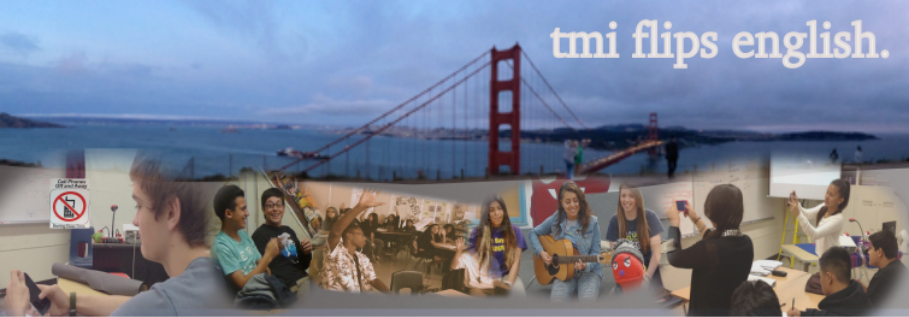
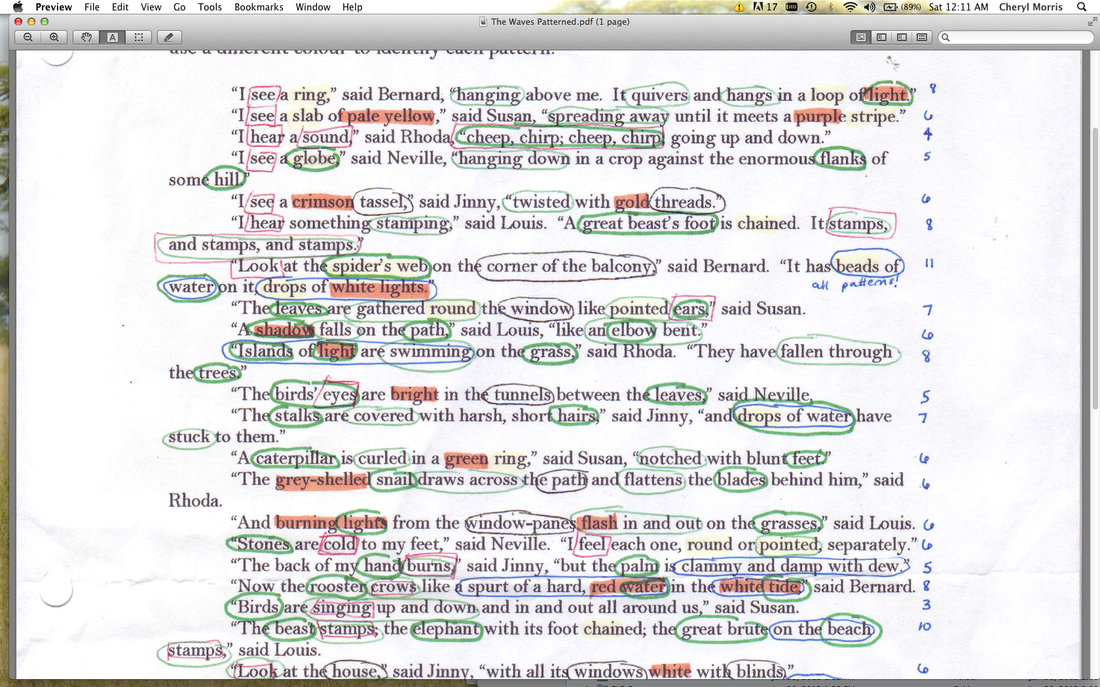
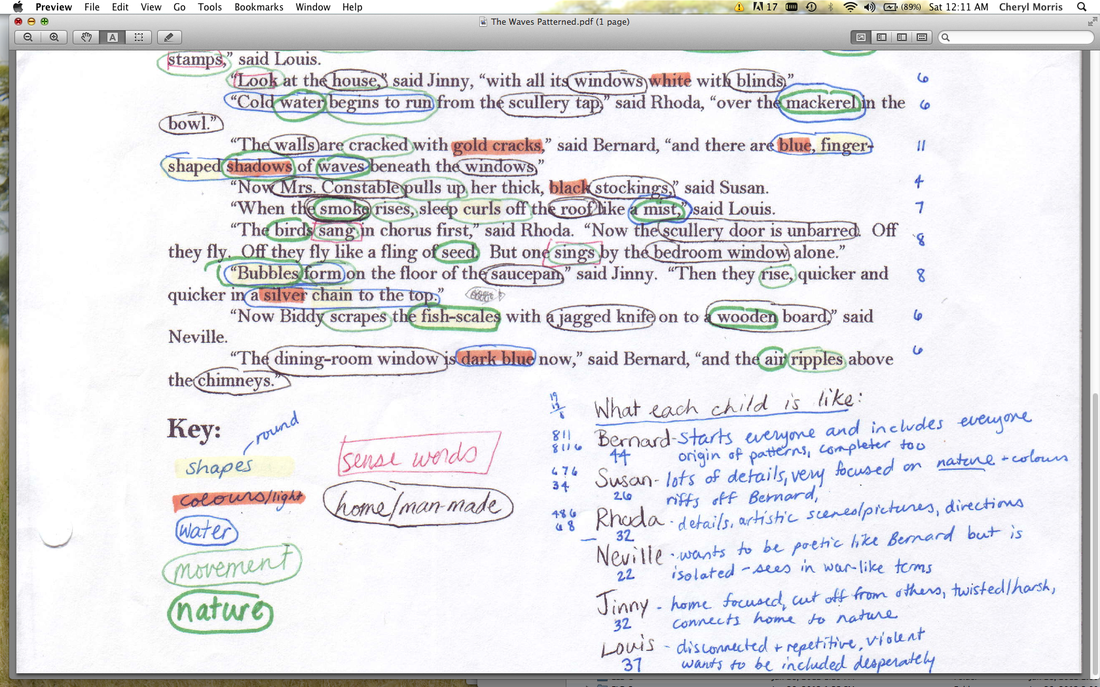
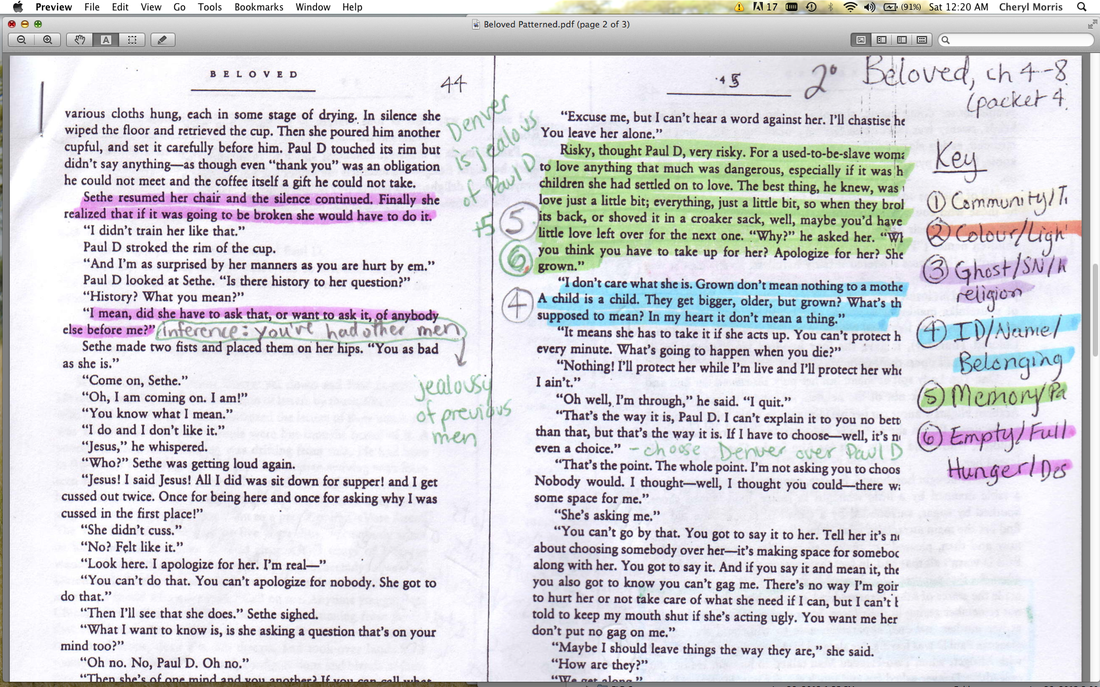
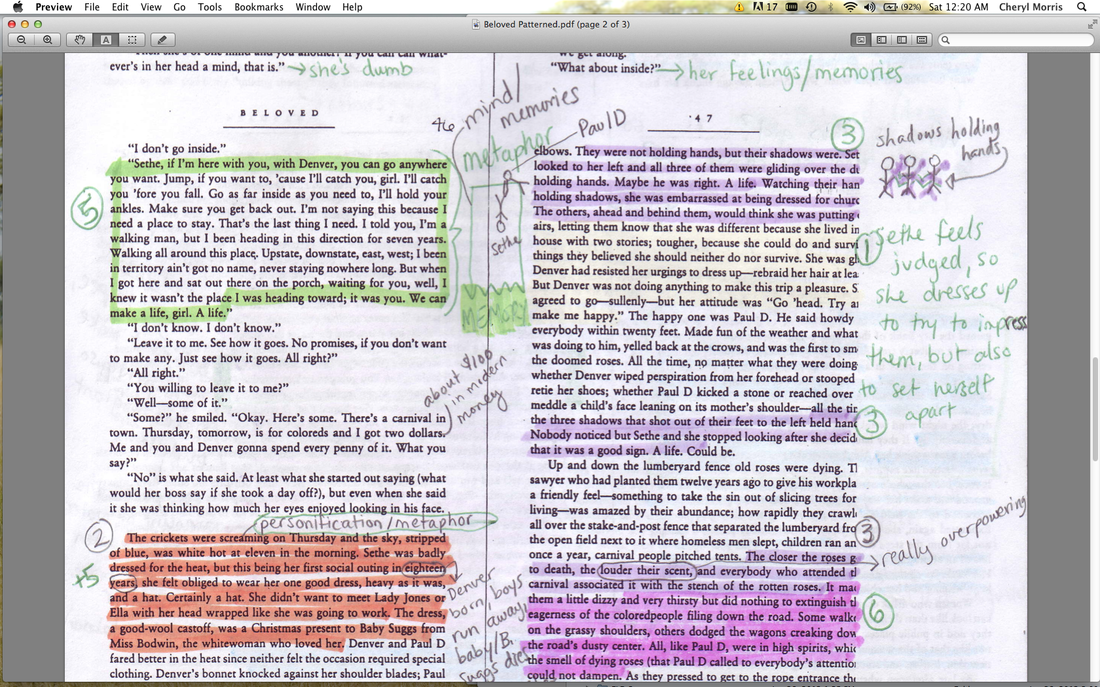
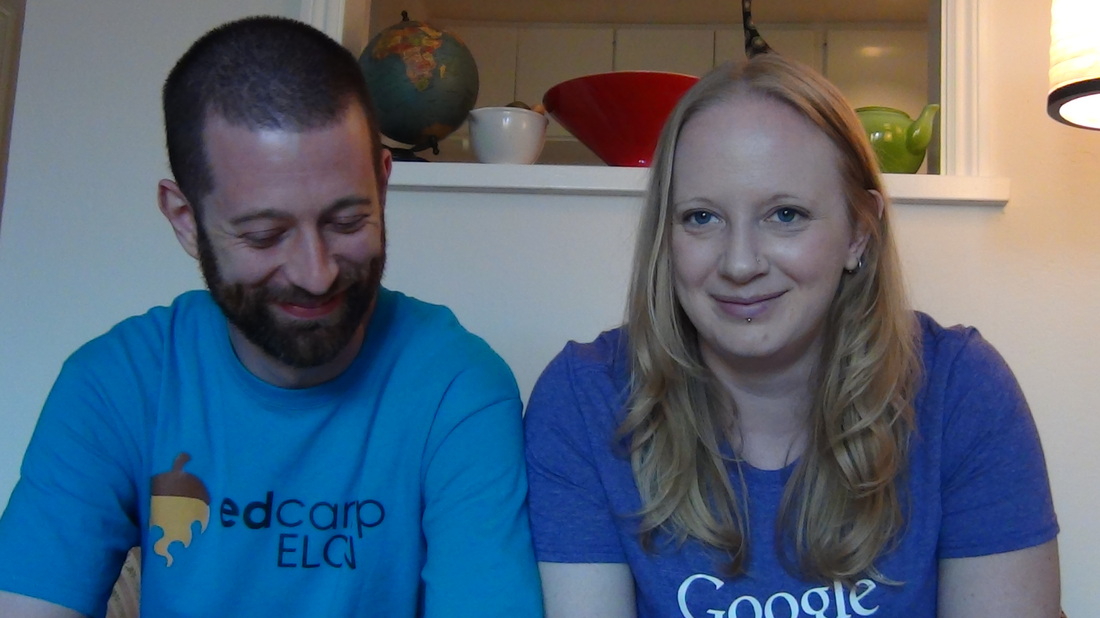
 RSS Feed
RSS Feed
